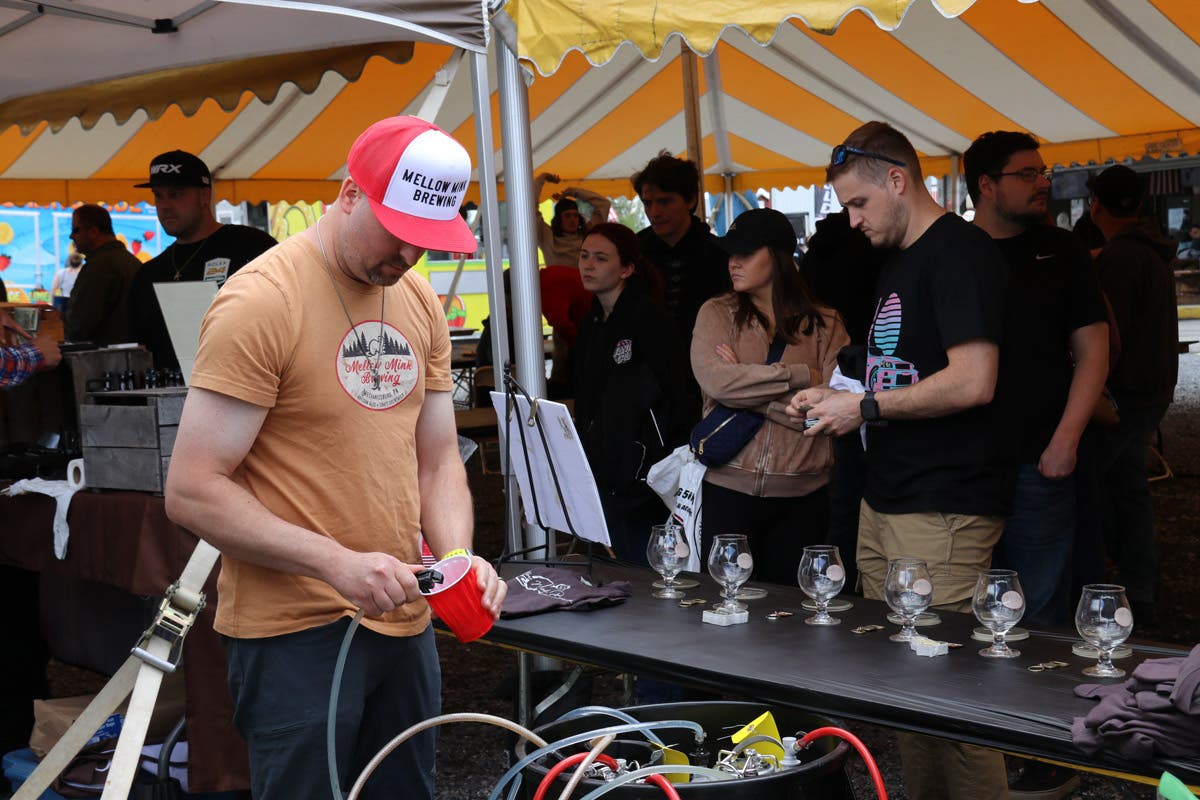One of the most unusual vehicles to come from Sweden's Saab-Scania was the electric-powered van pictured here. While it's true that nearly every car company has shown an EV prototype at one time or another, what was unusual about this particular vehicle is its real origin. Instead of being built from the ground up in a Swedish engineering lab, it was based on a production EV that was produced for a short while in Massachusetts. How that vehicle ended up in Trollhattan, Sweden, with Saab credentials is an interesting tale. Since I was there at the time, let me tell you about it.
Back in the 1970s, Saab's U.S. headquarters was just off I-95 in Orange, Conn., in a large modern office building that faced the highway. Behind the handsome front offices was the National Parts Depot from which Saab supplied parts to many of its dealers, as well as other parts warehouses around the country.
When the big gas crisis hit in the early 1970s, a flock of electric vehicle companies sprung up like mushrooms all around the country, each offering their version of a gas-free solution to drivers. They were tiny firms with names like Jet Industries, Electric Auto Corp. and Trans-Electric. One such company was Electromotion, which produced a small battery-powered delivery van. For some reason, the company chose to build it using many Saab automobile components.
Not a lot is known about Electromotion. Reportedly, it was based in Lexington, Mass. The company's plan was to produce a high-quality electric van in hopes of landing a contract to supply them to the U.S. Postal Service. Since the U.S. Postal Service operates the largest non-military vehicle fleet in North America, it must have seemed like a pretty good plan.
The vehicle itself was a very clever design. A small 1/3-ton delivery van, it was powered by 14 batteries carried in a tray that ran along its backbone. The tray slid out to the rear of the vehicle for easier servicing of the batteries and to allow for quick changing of the entire battery pack. A Saab 93 transaxle gave it front-wheel drive, unique in small van-type vehicles back then. The little van rode on Saab 99 wheels, and the 99's famous energy-absorbing bumpers were also fitted. The parts were supplied by Saab-Scania, apparently on credit.
Reference books claim the Electromotion van had a 20-hp electric motor. Curb weight of the van was quoted as 3,000 pounds. One source claimed the vehicle was good for a top speed of about 40 mph with a usable range of 30 miles on level ground, though much less in hilly terrain. The price for the van model was listed at $7,000 in 1974. Another model, an open-roof version called the "Islander," was offered for use at vacation resorts and other off-road locations. Press reports claimed that Electromotion had 20 dealerships signed up around the country to sell the line of vehicles to businesses and retail customers. In the end, Electromotion sold a number of vans to utility companies, and a few resorts bought Islanders ' one report says a few Islanders went to Hilton Head Island ' but no big orders came from the post office. Eventually, Electromotion went out of business.
That left Saab-Scania with some unpaid bills for components. Since the parts were stock Saab units, the company was able to take back whatever parts hadn't been used. They also took one Electromotion van. Everything was shipped to the Saab-Scania warehouse in Connecticut, which is where I got my first look at an Electromotion van. I watched as it was boxed up for shipment to Sweden, where Saab Engineering could look it over.
Some time later, a press photo appeared in the trade paper Automotive News. It showed what appeared to be the Electromotion van with a few modifications. Headlight wipers, a well-known Saab feature, had been added, as had bigger side mirrors. Odd little marker lights were placed on the corners of each front fender.
There was a new name for the van, too. The press release referred to it as the "Saab electric delivery van prototype." Apparently, the Swedish engineers liked it so much they decided to call it their own. It certainly didn't cost much to produce!
In 1977, another Saab electric van appeared, this time wearing the truncated front fenders and grille of a Saab 99 sedan. This second Saab van may have been a revision of the first van, but the specs are different, so perhaps this one was all Saab.








